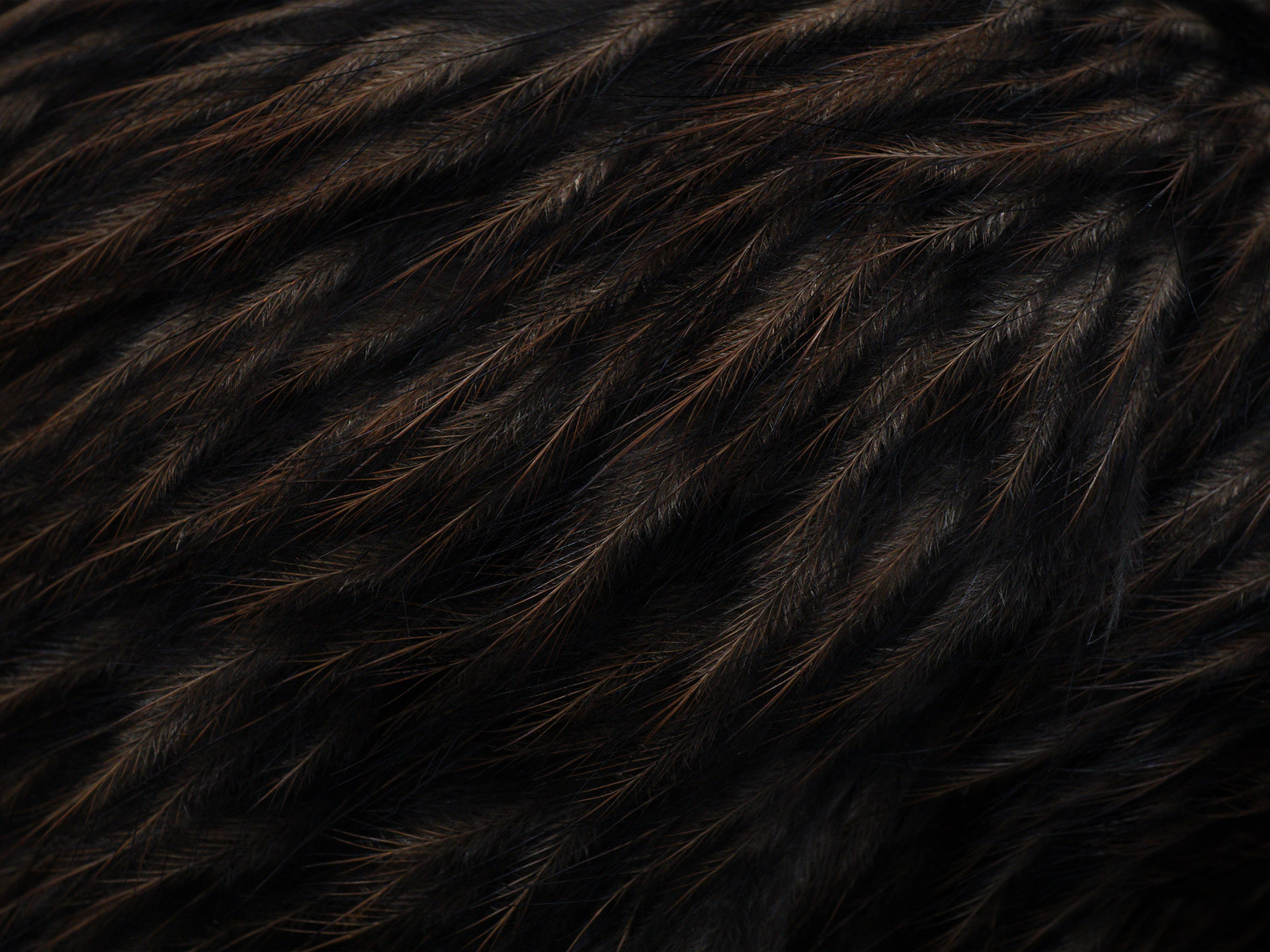Department of Conservation Director-General, Lou Sanson, and Lower North Island Director, Reg Kemper met with Wildbase Recovery Community Trust representatives at the proposed national wildlife rehabilitation aviaries’ site in Palmerston North’s Victoria Esplanade on Friday 10 June.
The Department of Conservation (DOC) has been involved in the Wildbase Recovery project from the outset. The department is a Memorandum of Understanding signatory alongside Massey University, Palmerston North City Council, and Rangitāne iwi, and has issued a 30 year permit for Wildbase Recovery to hold sick, injured, and orphaned birds for rehabilitation by Massey University’s Wildbase Hospital staff at the facility.
“DOC’s Director-General’s visit validates the strong contribution Wildbase Recovery will make at a national level,” says Palmerston North Mayor, Grant Smith, who will join Mr Sanson and Mr Kemper on their visit. “There is no other facility in New Zealand that directly connects applied science with education and conservation efforts.”
As part of Mr Sanson’s and Mr Kemper’s visit, they will also spend time at Wildbase Hospital. Last year the country’s leading wildlife hospital treated 317 native wildlife patients, at little or no cost to DOC and the members of public who brought them in. In the last six years, Wildbase Hospital has treated an average of 55 kererū, 32 kiwi, 15 penguins, 5 takahē, and two tuatara a year. “Over the last few months we’ve also treated two kākāpo fledglings,” says Wildbase Hospital Co-Director, Professor Brett Gartrell. “It’s an absolute privilege to contribute to the conservation of an internationally critically endangered species, that only a few decades ago numbered below fifty birds.”
Despite its importance to a number of native wildlife recovery programmes, and a new hospital due for completion in October, Wildbase Hospital does not have the full rehabilitation facilities required for individual species’ recovery needs after treatment for illness or injury.
Once established, hospital patients will be transferred to Wildbase Recovery for recuperation. There, 14 rehabilitation aviaries will include a circular flighted aviary for species such as kākā, kea, tui and kererū, a five-metre-tall raptor aviary for kārearea and harrier hawks, recovery pools for ocean, shore and wetlands birds to restore their waterproofing, and a place for ground-dwelling birds including kiwi and takahē. Public will be able to view the wildlife as they recover in a natural habitat, without intrusion.
In addition to the purpose-built rehabilitation aviaries, Wildbase Recovery will include permanent inflight and breeding aviaries, and the Powerco Education Centre. Onsite and online, Wildbase Recovery will provide high quality interactive storytelling and learning experiences that link directly to the NZ School Curriculum and DOC’s national education strategy.
Wildbase Recovery is a collaboration between Palmerston North City Council and Massey University, with the Wildbase Recovery Community Trust tasked with raising the $5.69m needed to build the national wildlife recovery facility.
“DOC have contributed $175,000 to fundraising efforts, which, along with other significant grants, sponsorship agreements, and community fundraising efforts means we’re on target to start building next year,” says Roger Kennedy, Wildbase Recovery Community Trust’s Chair. “We have set ourselves a target to raise $700,000 by the 30th of July. Now is the time for everyone to get behind the project and give our native species the very best chance of survival.”
Read the Manawatu Standard story here.
